Belgian rotifers fly back to space
Healthy rotifers can reproduce in space without any problem. This has been shown by the experiment from UNamur and SCK CEN, exactly one year after having been sent into space. Next Saturday, the Belgian rotifers will leave again for the ISS. “We are going to test their resistance even more by damaging their DNA before departure", UNamur, SCK CEN and ULB explain. The partners will do so by irradiating them on earth.
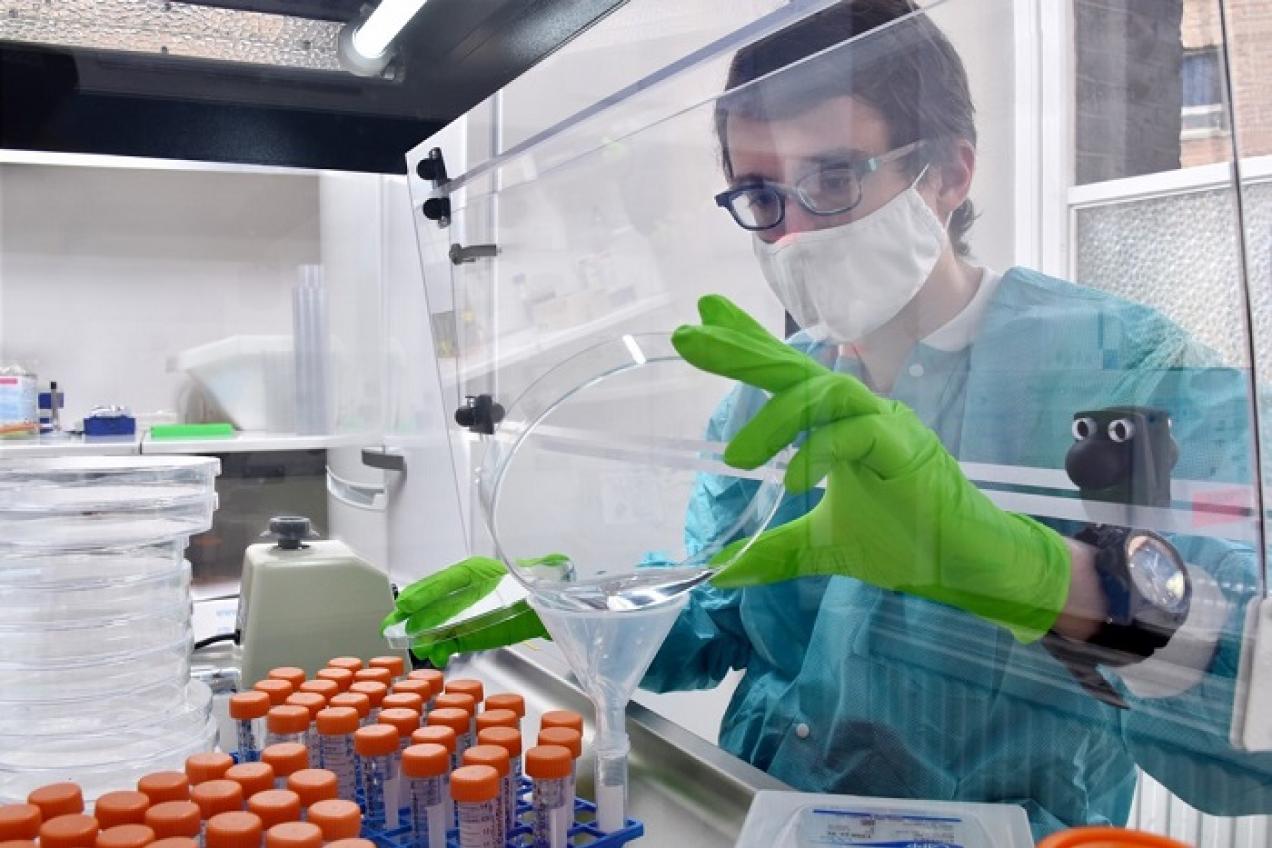
Exactly one year ago, in December 2019, active rotifers were sent to the International Space Station (ISS) as part of the Rotifers in Space (RISE) project. They stayed in orbit for two weeks, where they were exposed to the effects of space. After a successful flight, the scientists studied the animals for their reproduction and gene expression[1]. Project coordinator Prof. Dr Karine Van Doninck (UNamur and ULB), explains: “Rotifers are microscopic animals (200 micrometres to 1 millimetre). They are one of the only animal species on earth that can survive dehydration and high doses of radiation. Some species, such as the Bdelloid Adineta vaga, reproduce asexually. The females clone themselves, as it were.”
Tentative results of the first mission into space have shown that weightlessness does not affect their fertility. They gave birth to offspring just like their colleagues on earth. By cloning themselves, they also copy the possible errors that occurred during DNA repair. “The analyses which should detect potential DNA errors in the offspring are still ongoing. We examine the molecules which have been created to be able to compare and verify whether the metabolism works the same way in space as it does on earth”, Karine Van Doninck adds.
[1] Gene expression gives cells the signal to produce proteins when they are needed to restore the damage made to the DNA for example.
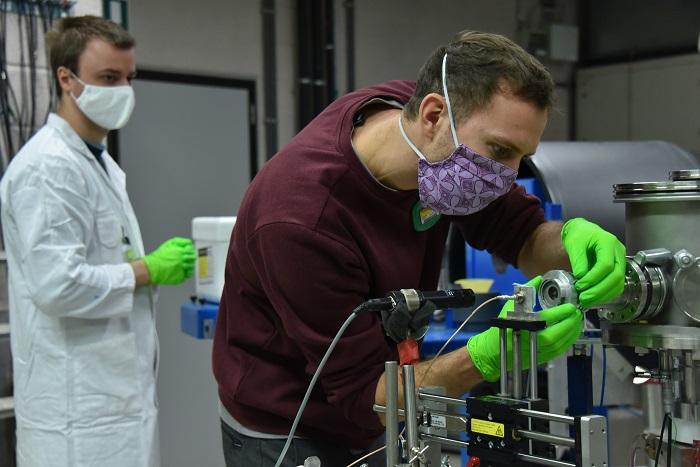
Second space experiment
Not all the results of the first experiment have been received yet, but the rotifers are re-buckling their seatbelts for a second space flight. On 5 December 2020, 1.8 million dehydrated rotifers will fly from the Kennedy Space Center in Florida to the ISS on board the SpaceX Falcon 9 rocket (CRS 21). With this second experiment, the project partners UNamur, SCK CEN and recently ULB want to know how weightlessness and radiation will affect the DNA repair mechanism of living organisms. Before the departure, the rotifers were dehydrated in UNamur.
Researcher Boris Hespeels (UNamur) explains: “After dehydration and irradiation, the genetic material is completely damaged and the rotifers become inactive. Thanks to rehydration, they wake up, so to say, and repair the damage done to their genetic material. Since the rotifers clone themselves, we can send them to the ISS and keep identical copies on earth, which we will hydrate at the same time by giving them Belgian mineral water and lettuce juice. Once they are back on earth, we can start comparing: did they restore their DNA in space as easily as on earth? Do weightlessness and cosmic radiation influence this recovery process? How are their offspring doing?”
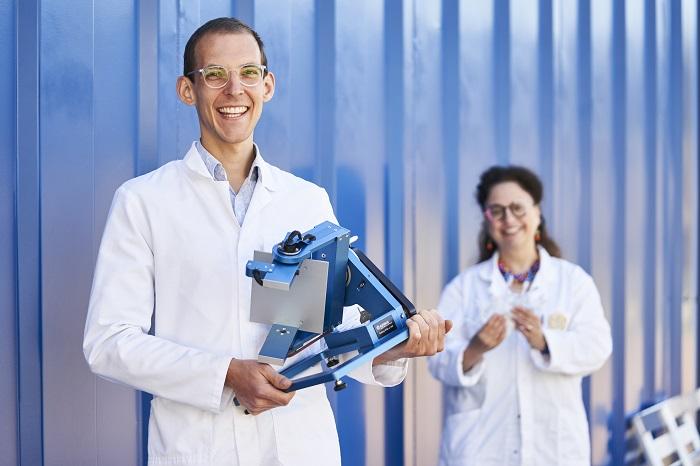
If the rotifers also perform well during this experiment, this will yield considerable scientific information. “Rotifers can tolerate more than 200 times more radiation, while their cellular structure is similar to that of human beings. Insight into the underlying mechanisms of this DNA repair process may enable to increase astronauts' resistance to cosmic radiation”, says radiobiologist Sarah Baatout (SCK CEN). Her colleague Bjorn Baselet (SCK CEN) goes on: “It opens the door to further space exploration, this being part of the RISE project. Furthermore, in the longer term, these findings can also prove useful on earth. They may lead to measures to improve the protection of professionally exposed people or cancer patients during their therapy against the negative effects of radiation exposure.”
Third experiment planned
The third experiment, scheduled for 2025, will test the extreme resistance of rotifers even further. For example, the rotifers will hang outside the International Space Station, where they will be exposed without protection to very low temperatures, a vacuum environment and high doses of ultraviolet and ionizing radiation.
The RISE project in a nutshell
How can we better protect astronauts against harmful and long-term effects of weightlessness and high doses of cosmic radiation during future long-term space exploration missions to the moon and to Mars? How can living organisms adapt to extreme conditions? The Rotifers In Space (RISE) project led by UNamur and SCK CEN in cooperation with ULB intends to provide answers to these questions. The project partners are putting the rotifer Adineta vaga under the microscope. This tiny animal grows to a maximum size of 1 millimetre and shows a higher radioresistance compared to that of humans or any other animal on earth. The RISE project wants to uncover the underlying mechanisms of this high radioresistance.
This project is the incredible story of Karine Van Doninck’s return to UNamur from her post-doctoral reseach at Harvard University. There, she discovered that rotifers could be used as a model to study the impact of cosmic radiation on life. The study model is now used in the collaboration between women and men from various institutions. Biologists Karine Van Doninck (UNamur - ULB) and Boris Hespeels (UNamur), physicists Stéphane Lucas and Anne-Catherine Heuskin (UNamur), and radiobiologists Sarah Baatout and Bjorn Baselet (SCK CEN) work together to implement the RISE research project. This study could not have taken place without a grant from ESA and Belspo (PRODEX) and the engineering expertise of Kayser Italia, which provides the modules in which the rotifers are integrated for their journey into space.
More informatie: rotifer-in-space.com
Pictures 1 and 2 (UNamur): ©Marc Guillaume
Picture 3: ©SCK CEN
Contact
pers [at] sckcen [dot] be (pers[at]sckcen[dot]be)
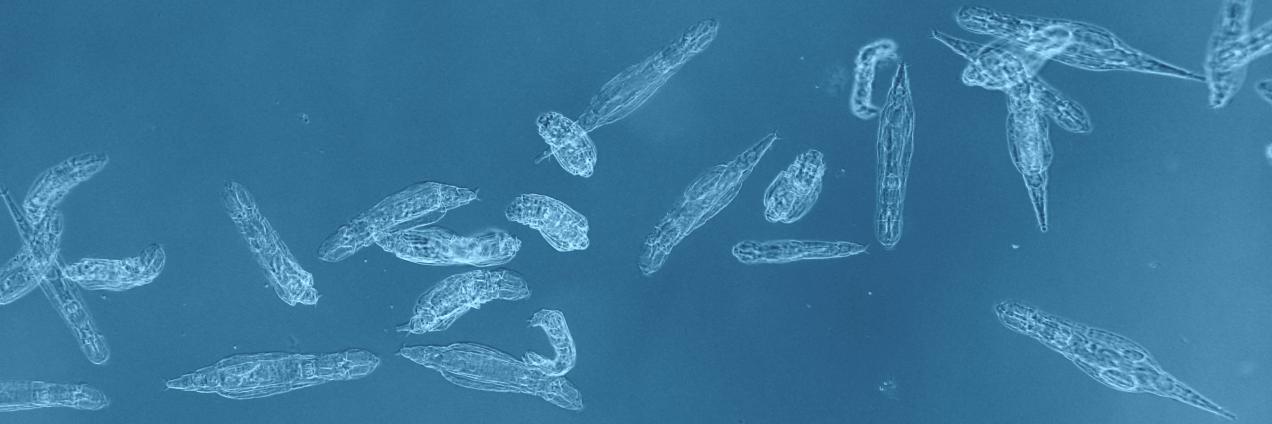
Related articles
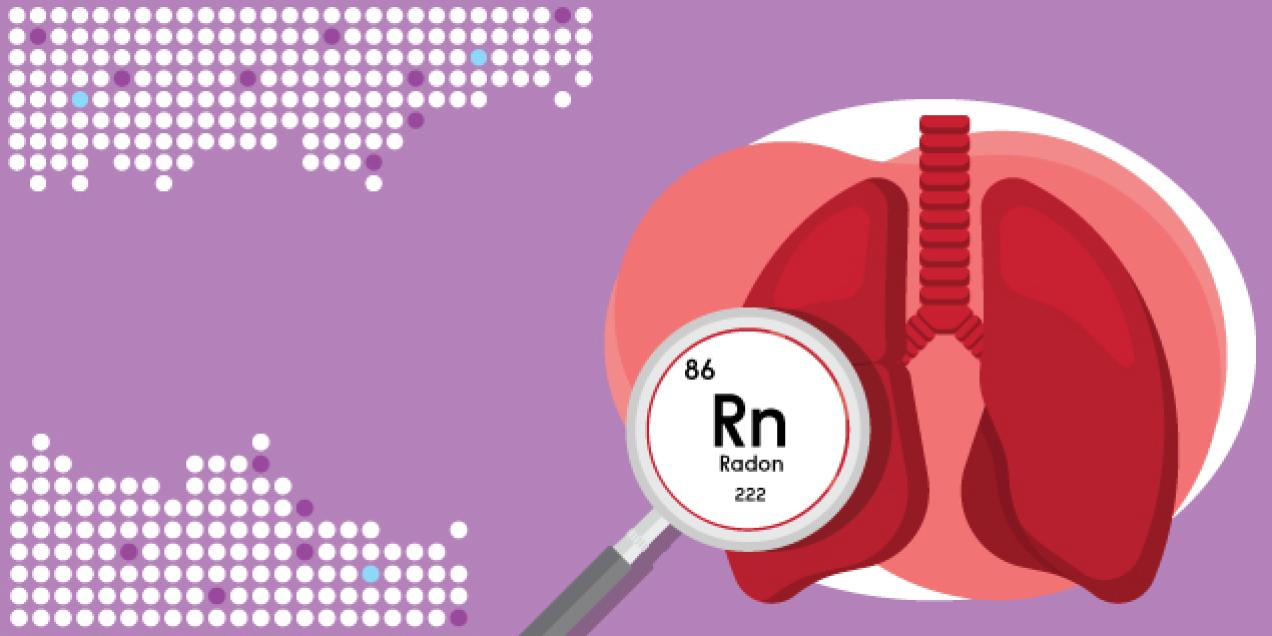 25 June '24
25 June '24- 17 April '24
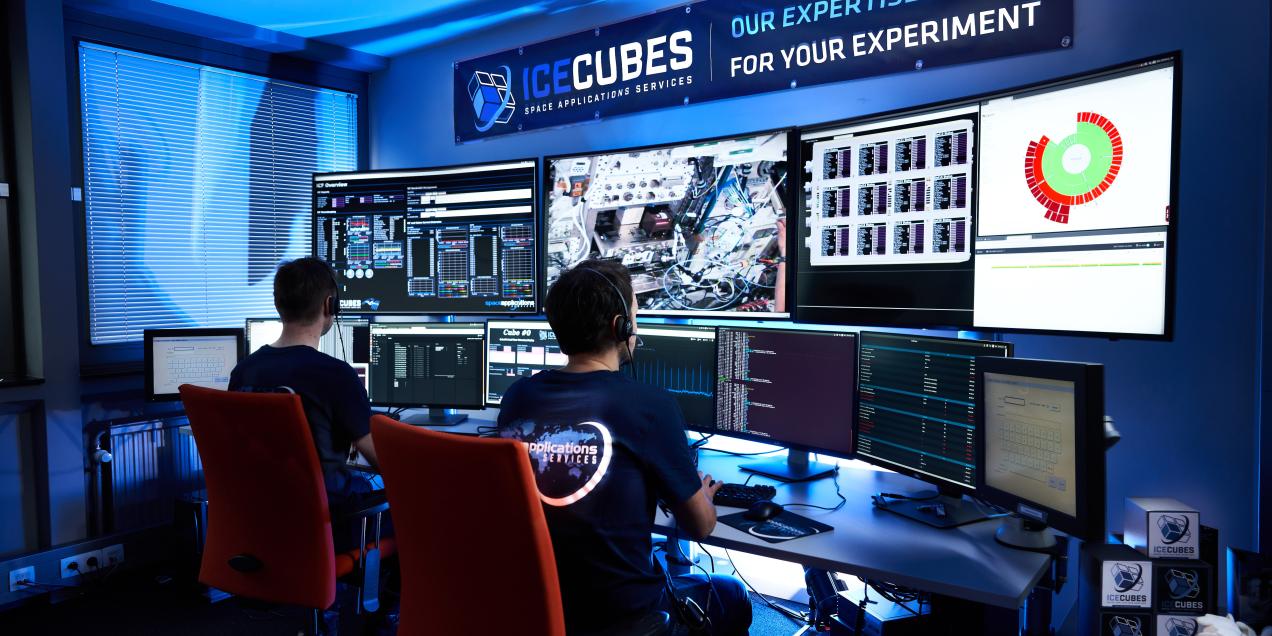 30 August '23
30 August '23